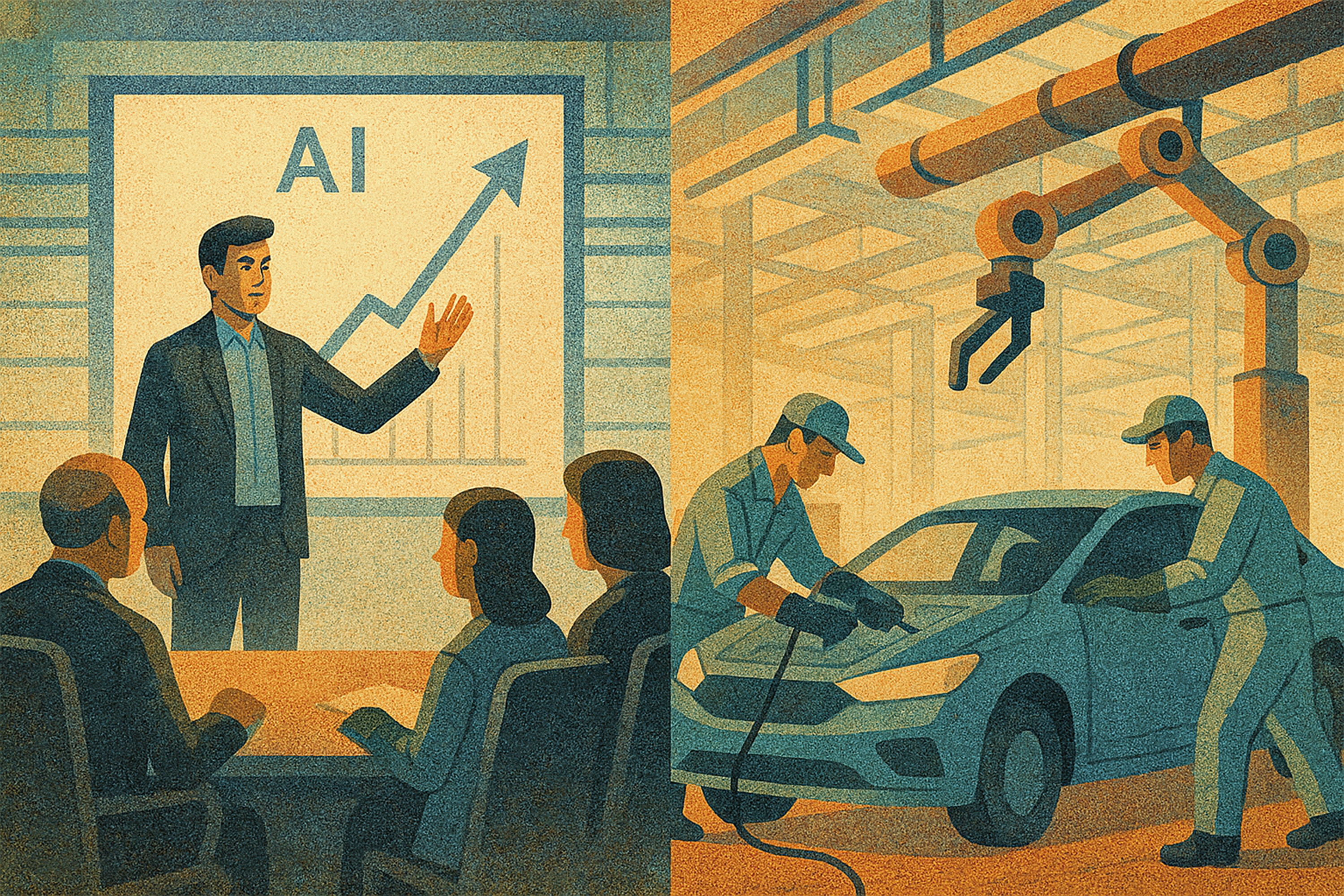
The Netherlands recently published its first annual report on welfare, “CBS Monitor Brede Welvaart 2018”, using a broad range of indicators additional to the “usual suspect” GDP, such as social contacts, time lost to traffic congestion, and biodiversity. It shows that the current Dutch welfare is relatively high (in comparison to other EU countries). However, the Netherlands uses natural and human capital to an extent that it puts pressure on future generations, and the environment and non-renewable raw materials in other countries.
In a wider debate, it is often questioned whether GDP can provide any meaningful information about actual well-being in terms of health, education, social contacts, and whether the current level of welfare is sustainable in the long term. The report clearly reflects that behavior and policy with respect to the current level of welfare are putting long-term welfare at risk. According to Kim Putters, director of the Netherlands Institute for Social Research (SCP), human capital and natural capital are an essential part of the Dutch identity. The fact that these are now compromised explains the unease and insecurity felt about the future. Already, the elections in March were mostly about identity and security, reflecting the awareness that the current level of welfare is not sustainable, despite current economic growth and stability.
The report is seen as a first step in looking at the state of the country from a broader welfare perspective. The question remains whether it will be successful in informing debates and shaping future-oriented policy. For instance, if we want to retain the current level of welfare, more sustainable ways of production and consumption have to be initiated. Simultaneously with the publication of the “Monitor Brede Welvaart”, the CPB Netherlands Bureau for Economic Policy Analysis, the Netherlands Environmental Assessment Agency (PBL) and the SCP are carrying out a joint Welfare Outlook, with a specific focus on the circular economy.

